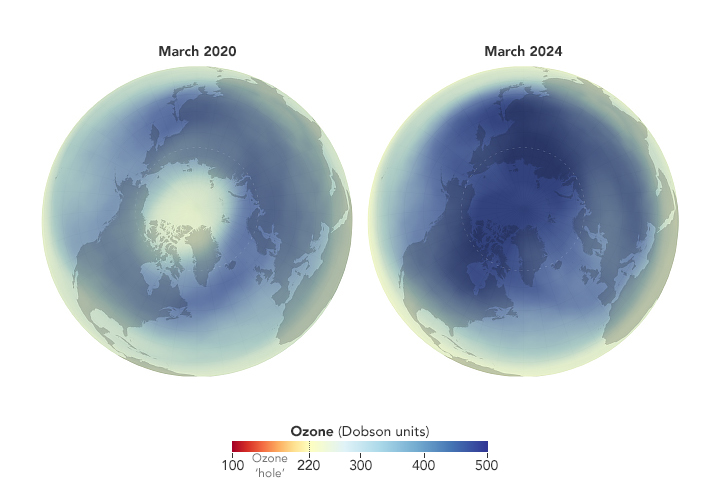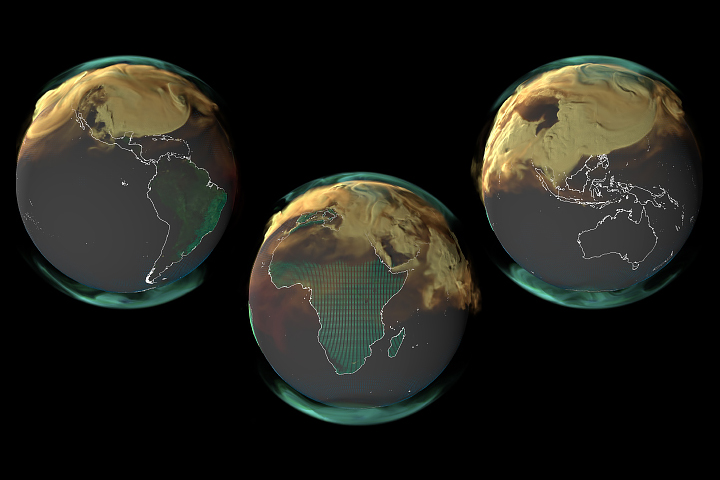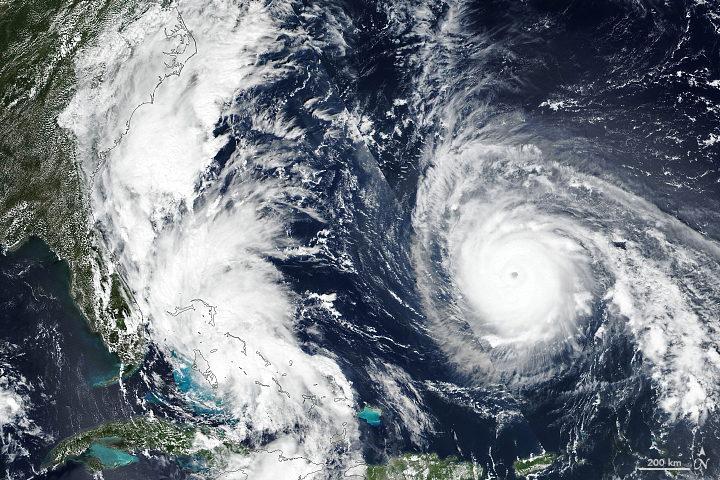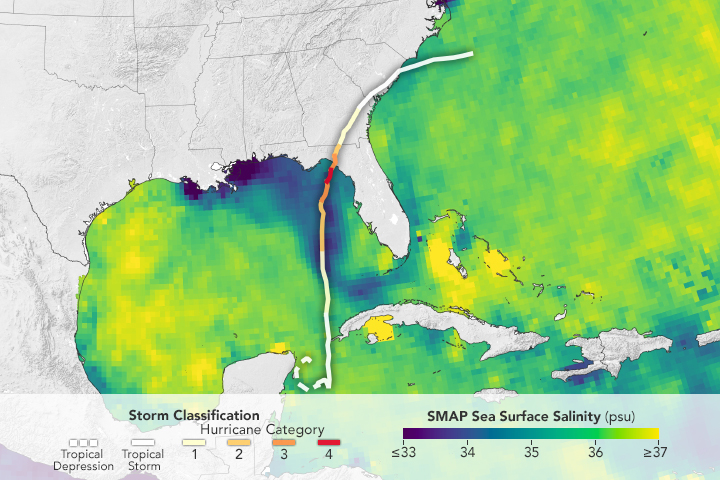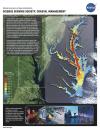Description:
Our Earth’s coastal regions are a precious natural resource. The United States has over 95,000 miles of shoreline that provide resources for humans; homes for birds, animals and vegetation; and serves as vital ecosystems for many marine species. These shorelines are under siege from a number of natural phenomena. Global warming threatens to raise the level of the oceans and inundate our coastal lands. Harmful algal blooms (HAB), sometimes referred to as Red Tide, are caused by explosive growth of certain rare toxic species of algae, in response to excess nutrients in the water. These algae form the base of the food chain, and thus threaten fish, shellfish, birds, marine mammals, and even humans. The incidence of HAB outbreaks has increased significantly in recent years. Hypoxia refers to low dissolved oxygen concentrations on the ocean bottom that occur when excess nutrients in the water lead to elevated algae concentrations that deprive the plants and animals that dwell in deeper waters of vital life-giving oxygen. Over 7000 square miles of the Gulf of Mexico are hypoxic—the largest swath in the Western Hemisphere. The health of our shores has a major impact on our nations socioeconomic well being, as more than half of our population live in counties that border the sea.
